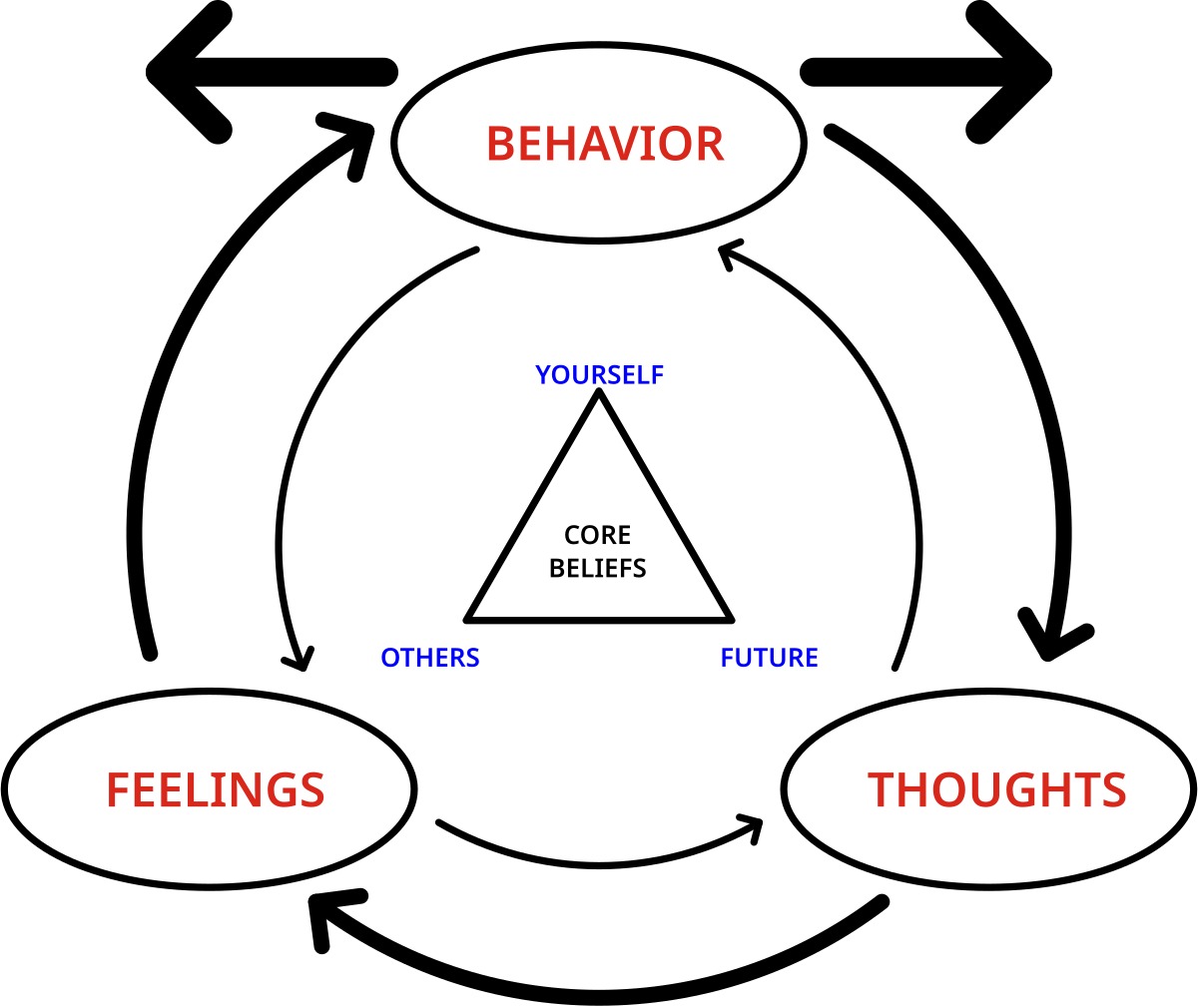Quitting smoking is one of the most powerful decisions you can make for your health, happiness, and longevity. It’s a journey that takes strength, patience, and the right support system. If you’re searching for real strategies on how to quit smoking, you’re already one step closer to transforming your life. At Roshni Foundation, we understand the daily struggles smokers face and how difficult it can be to break free from nicotine addiction.
Founded with a vision to promote long-term healing and healthier living, Roshni Foundation is committed to guiding individuals who want to say goodbye to smoking for good. Our comprehensive recovery programs provide not just medical assistance but also mental, emotional, and lifestyle support. And whether you’re quitting for your family, your health, or yourself, it all begins with the right strategies.
In this article, you’ll find 7 quick and practical ways on how to quit smoking, each designed to give you actionable tools to start your journey and build long-lasting freedom from nicotine.
7.Quick and practical ways on how to quit smoking
1. Make a Commitment and Set a Quit Date
The very first step in learning how to quit smoking is deciding that you are ready to stop. Quitting is a mental decision first before it becomes a physical reality. Choose a quit date within the next two weeks—this gives you time to prepare but not enough time to lose motivation. Make a firm promise to yourself, your loved ones, and your future.
At Roshni Foundation, we encourage our clients to make a “Freedom Contract”—a signed document committing themselves to quit smoking and outlining their reasons for change. This symbolic gesture creates a sense of accountability and purpose from the start.
2. Identify and Avoid Triggers
To successfully learn how to quit smoking, you need to understand your triggers. Triggers can be emotional (stress, boredom), social (parties, peer pressure), or habitual (after meals, while driving). Keep a diary for a few days before your quit date to identify your top smoking triggers.
Once you know your triggers, start replacing the act of smoking with healthier alternatives—chewing gum, going for a walk, or deep breathing exercises. Avoid places and people that encourage smoking, at least in the early stages.
3. Try Nicotine Replacement Therapy (NRT)
Nicotine withdrawal can be the hardest part of how to quit smoking. Symptoms like irritability, cravings, and mood swings can make quitting seem impossible. Fortunately, Nicotine Replacement Therapies (NRT) like gums, patches, lozenges, and inhalers can help manage those symptoms.
While NRT doesn’t eliminate the psychological urge to smoke, it significantly reduces physical dependence, giving you space to develop coping skills. Under medical guidance—such as what we provide at Roshni Foundation—NRT can be a safe and effective tool.
4. Use Behavioral Therapy
Quitting smoking isn’t just about breaking a physical habit; it’s about changing your behavior and mindset. Behavioral therapy helps you identify negative thought patterns and teaches you new ways to think about cigarettes and stress.
If you’re exploring how to quit smoking, therapy sessions (individual or group) can be incredibly helpful. Our counselors at Roshni Foundation work closely with clients to build emotional strength, identify relapse patterns, and form new, smoke-free routines.

5. Build a Support System
Having a support system is vital when you’re trying to quit. Let your friends, family, and coworkers know about your plan. Their encouragement can motivate you during moments of weakness. Join a quit-smoking support group online or locally, where you can share experiences and get advice from those who’ve succeeded.
The recovery model at Roshni Foundation places a strong emphasis on community healing. We believe in collective strength, which is why group counseling and family sessions are an integral part of our programs.
6. Stay Active and Healthy
Exercise can help curb cravings and reduce withdrawal symptoms. Physical activity releases dopamine, the same feel-good hormone that smoking artificially boosts. Whether it’s a 30-minute walk, a bike ride, or yoga—find something that keeps you moving.
Eating healthy, staying hydrated, and sleeping well will also strengthen your body during the detox period. When exploring how to quit smoking, it’s important to see this not just as quitting a habit but embracing a healthier lifestyle altogether.7. Reward Yourself and Track Progress
Celebrate small wins. Every hour, day, and week you go without smoking is a victory worth acknowledging. Set aside the money you would spend on cigarettes and reward yourself with something meaningful—a massage, a dinner out, or even a weekend getaway.
Tracking your progress also boosts motivation. Use a calendar, for how to quit how-to-quit-smoking app, or even a simple journal to document milestones. Reflecting on how far you’ve come can give you the strength to keep going.
Final Thoughts
Learning how to quit smoking is a personal and transformative journey. While these seven tips offer a strong foundation, lasting recovery requires patience, consistency, and support. Whether it’s your first attempt or your fifth, what matters is that you’re trying again.
If you’re looking for professional help to ensure long-term success, Roshni Foundation, the Best Rehab Center in Dehradun, offers tailored programs for nicotine and substance addiction recovery. With expert counselors, a supportive environment, and holistic healing approaches, Roshni Foundation is here to help you breathe free and live better—one smoke-free day at a time.


